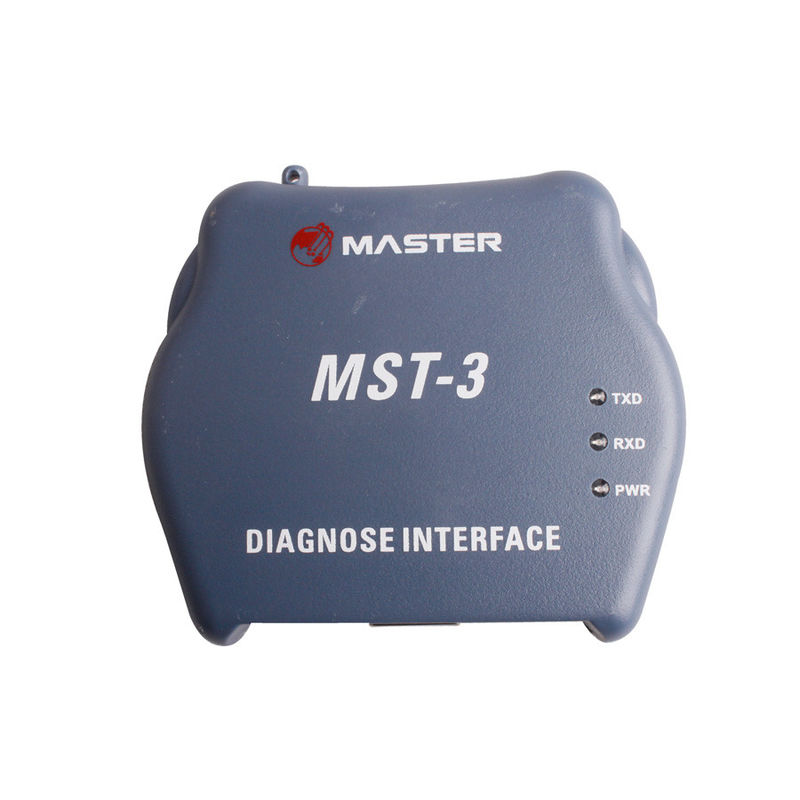

- Ease diagnostics universal programmer ii drivers#
- Ease diagnostics universal programmer ii driver#
- Ease diagnostics universal programmer ii verification#
Analog pindriver output level selectable from 1.8V up to 26V.
Ease diagnostics universal programmer ii driver#
FPGA based TTL driver provides H, L, CLK, pull-up, pull-down on all pindriver pins.VCCP/VPP1/VPP2 can be connected to each pin.

48-pin DIL ZIF socket accepts both 300/600 mil devices up to 48-pin.Three D/A converters for VCCP, VPP1, and VPP2, controllable rise and fall time.On-board intelligence: powerful microprocessor and FPGA based state machine.Banana jack for ESD wrist strap connection.Protection against surge and ESD on power supply input and parallel port connection.FPGA based IEEE 1284 slave printer port.1 x universal programming module (1 x 48-pin DIL ZIF socket and 1 x ISP connectors).Various socket converters are available to handle device in PLCC, JLCC, SOIC, SDIP, SOP, PSOP, SSOP, TSOP, TSOPII, TSSOP, QFP, PQFP, TQFP, VQFP, QFN (MLF), SON, BGA, EBGA, FBGA, VFBGA, UBGA, FTBGA, LAP, CSP, SCSP, LQFP, MQFP, HVQFN, QLP, QIP and other packages.
Ease diagnostics universal programmer ii verification#
Ease diagnostics universal programmer ii drivers#
Improved pin drivers operate down to 1.8V so you'll be ready to program the full range of tomorrows advanced low-voltage devices. Advanced pindrivers incorporate high-quality high-speed circuitry to deliver signals without overshoot or ground bounce for all supported devices. FPGA based totally reconfigurable 48 powerful TTL pindrivers provide H/L/pull_up/pull_down and read capability for each pin of socket.48Pro2 programmer offers the same advanced features as 48Pro+ programmer but with much higher programming speeds (20-75%) for high-capacity memories.Therefore for the medium programming times, you can easily achieve the throughput of an eight socket gang programmer with two - four 48Pro2 programmers.

With traditional gang programmer operation, the operator is idle while chips are being programmed and the programmer is idle while chips are being removed and new chips inserted. The operator is always busy removing and inserting chips, so both the operator and programmer are running continuously at maximum efficiency. Before the last device is loaded, the first device is already programmed and ready for removal.


 0 kommentar(er)
0 kommentar(er)
